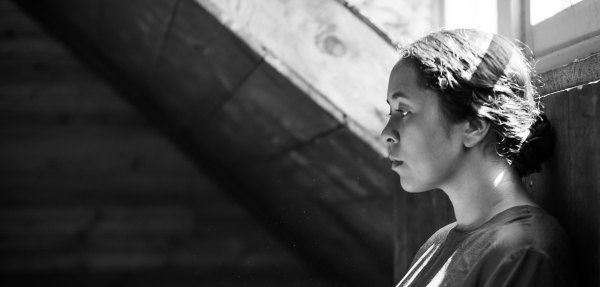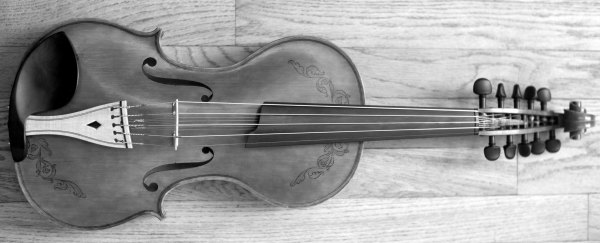

Zosha Warpeha
Zosha Warpeha's debut solo album Silver Dawn features her playing a Hardanger d'amore as well as some vocalisation. The Hardanger fiddle, originating in the Hardanger region of Norway in the mid-seventeeth century, is most closely associated historically with the viola d'amore, itself a baroque instrument, usually with six or seven played strings. Warpeha's hybrid instrument has five bowed strings plus five sympathetic strings resonating below the top ones.

From the outset we are reminded of Norwegian fiddle music, not just by the distinctive sound of the fiddle but in the way the pieces are structured. Zosha Warpeha studied Hardanger fiddle in Norway for two years and the pieces here, mainly slow and understated, seem to be informed in particular, not by the dance music, but by the lydarslåttar, or listening tunes, played during breaks between dancing, often poetic evocations of the natural world, including a strong element of improvisation and not bound by the regularity of dance rhythms. Warpeha has taken the structural characteristic of the older Norwegian fiddle music, where the melodic line is built from short repeated motifs, or cells, and used these as building blocks. This is quite different from the most other European styles of music, which tend to be built typically on four-bar phrases.
While there is not a great deal of linear, melodic movement in the pieces, with often no more than a three-note phrase being used as the basis, there is plenty of tonal variety, vertical rather than linear richness, with contrasting sound textures being heard simultaneously. The fiddle is well suited to this through the technique of double-stopping and is a characteristic of the Norwegian fiddle tradition which has influenced Zosha Warpeha's playing. She also explores different bowing techniques and on “Hunter's moon” makes good use of the possibilities of spiccato, bouncing the bow on and off the strings, employed in different fiddle styles for a momentary effect but rarely as the central feature of a piece in the way it is here.
In utilising the cellular building blocks of the older Hardanger fiddle styles Warpeha has exposed the common ground that form shares with a much more modern aesthetic, minimalism. But to say she has taken a historic rural style and made it urban would be misleading, the music here being subtle, tender and frail, human and never systematic. “Of the mountain ash” is a good example. Beginning with long bowed phrases, a series of not quite repetitive plucked phrases then build over them, the voice enters chanting in harmony with the bowing and then the piece ends with the pizzicato, engagingly stumbling rhythm continuing alone. A fine album which demonstrates a refreshingly different way in which elements of traditional music can be transformed and given a new voice.
Search RootsWorld
|